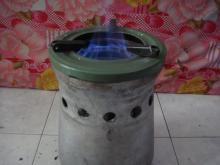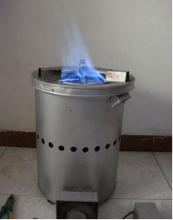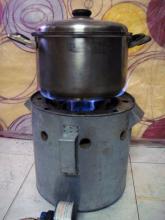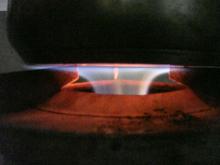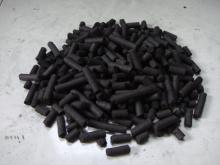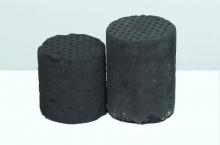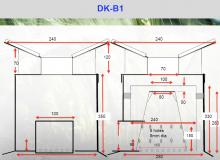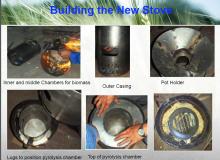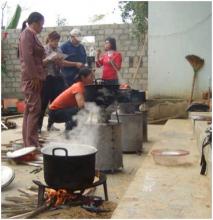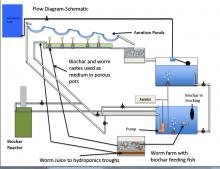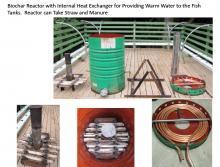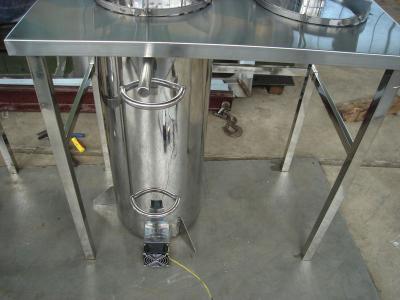After over 30 years of doing theoretical and experimental research, the authors of this document (Newtech Co., Ltd. in Quy Nhon city, Binh Dinh and Tan My Kim Co., Ltd. in Ho Chi Minh city, Vietnam), until now, have completed all not only modern but also cheap & user-friendly technology solutions which can help the poor all over the world do cooking by gas generated at their home without buying any drops of liquefied gas.
These technologies solutions can be developed in a country or in a big city or small town in any countries in the world, even it is in America, Europe, Australia and especially in Asia and Africa.
The authors believe that the modern but simple technology solutions stated hereby will start an era of a great revolution in cooking for billions of the poor all over the world and they hope that such technology will satisfy all poor persons.
The authors are very willingly to transfer these technologies to the countries in accordance with the international law in order to be together with such countries to help the poor all over the world.

